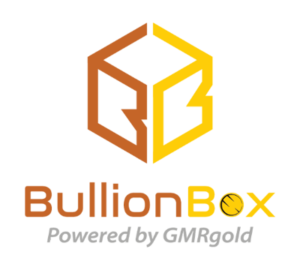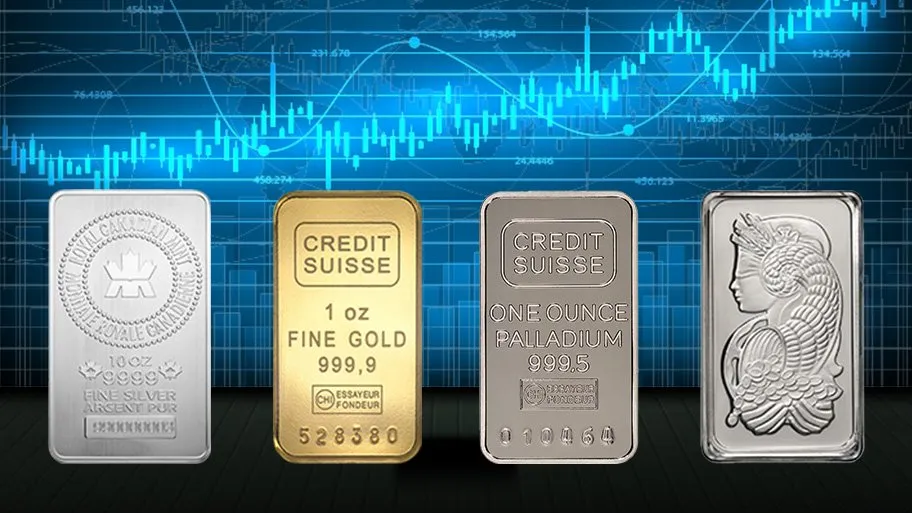Precious metals have been a part of human societies and cultures all along. They have an extensive history as every culture has considered one metal or the other as precious. This makes it difficult to define precious metals with a historical context.
However, you can define them within the current economic and social context. Some of the metals considered precious currently are gold, silver, and platinum. Similar to ancient times, these metals shape the culture and societies in significant ways.
For instance, gold was associated with the sun owing to its color and shine. Then, it grew to be an essential part of the religions and ceremonies of early civilizations. Gold, similar to silver or platinum, heavily influences today’s culture and economic circumstances.
In this article, you will learn the definition, value, and everything else you need to know about precious metals. Now, it’s time to dig deeper!
Defining Precious Metals
Precious metals are naturally occurring metals that are rare to find and have high economic value. These metals are chemically less reactive. All the metals considered precious currently are noble metals.
Noble metals are elements that show excellent resistance at high temperatures to various chemical attacks. Some of these metals are platinum, palladium, silver, gold, rhodium, and osmium.
These metals are usually malleable and ductile. Furthermore, they have high luster, which means they interact with light and emit radiance.
Precious metals have a high economic value for various reasons. Primarily, the metal is scarce and labor-intensive to obtain. Besides, they have various industrial applications which other metals can not replace.
Now, it’s time to take a closer look at the three of the most popular precious metals of our times. They are gold, silver, and platinum.
Gold
Gold is an element with the chemical atomic number 79. This metal is bright, soft, dense, and reddish yellow in its pure form. Moreover, it is one of the least chemically reactive elements.
This precious metal is also the most malleable of all metals, which makes it very useful. Manufacturers can stretch it or draw it into a wire quite easily. Furthermore, gold has been part of human civilizations for thousands of years.
The history of this metal is wrapped in mythology such as Golden Fleece and King Midas. Even today, many cultures believe gold has special healing and cleansing powers.
Investing in Gold
Owning gold can help you during inflation as well as deflation. Besides, it can diversify your investment portfolio.
Gold can be an essential investment and come to your rescue, especially during a major economic crisis. USD is one of the most important reserve currencies in the world. Nonetheless, it can fall against other currencies as it did during 1998 and 2008.
At this time, the price of gold increased by nearly three times. Historically gold has been a hedge against inflation because its price increases rapidly when the cost of living increases. Additionally, gold can provide financial security during geopolitical uncertainties.
Silver
Silver is a chemical element with the chemical atomic number 47. Naturally, this metal is soft, lustrous, and white. It is found in Earth’s crust in pure form or as an alloy with other elements like gold.
It exhibits thermal conductivity, electrical conductivity, and reflectivity. Therefore, silver is widely used in making brazing alloys, electrical contacts, batteries, and dental alloys. They are also used for glass coatings, LED chips, nuclear reactors, solar panels, RFID chips, and touch screens.
Humans have used silver for thousands of years. People in ancient civilizations made jewelry, ritual objects, food vessels, figurines, utensils, and coins.
Investing in Silver
Unlike gold, silver prices in the market swing a lot. This is because of its perceived role as a metal of value and its usage in industries. With this level of fluctuation, it may not be as good an investment as gold. Yet, it is smart to invest in silver.
Although silver’s role in the photography sector has been replaced with digital cameras, it is still used to make many digital components. Besides, it is an important metal in the making of superconductor applications and batteries.
Further, the fashion industry also influences the price of silver. Nonetheless, it is not as significant as other industries that require tonnes of silver for production.
Platinum
Platinum is another precious metal with the chemical atomic number 78. The element is naturally malleable, dense, ductile, and has a silverish-white color. Plus, similar to other precious metals, it is highly unreactive.
It is considered the rarest element, and it is highly labor-intensive to extract this metal. It naturally occurs in copper and nickel ores. Further, about 80% of the world’s platinum is extracted from South Africa.
The history of platinum goes back to ancient Egypt, where people created gold jewelry with some platinum. However, the platinum was not intentionally alloyed with gold. Also, pre-Columbian Americans made artifacts with platinum and gold alloy.
Investing in Platinum
Platinum holds significant value in the fashion as well as the utilitarian manufacturing industry. So, the price can fluctuate based on supply and demand. For instance, the automotive industry is one of the largest consumers of platinum.
On the other hand, the price of platinum will always be high owing to its rarity. Furthermore, only a few hundred tonnes are extracted annually.
Although it holds prominent value in stores, it is considered industrial metal like silver. Additionally, the platinum mines are concentrated and not spread out around the world. So, the prices can be raised artificially.
If you are planning to invest in platinum, it can be an excellent idea. However, you should consider all the factors before going for it.
Final Takeaway
Although it may be difficult to define precious metals, it is easy to see which metals are valued highly. Other than gold, silver, and platinum, there are other precious metals as well. They are palladium, iridium, rhodium, and osmium.
Further, silver and platinum can be excellent options for investment, but they come with several drawbacks. So, if you are looking to invest in any one of them, you can go with gold. The main reason for this is gold has a relatively stable value in the market.

 with 700+ reviews
with 700+ reviews



